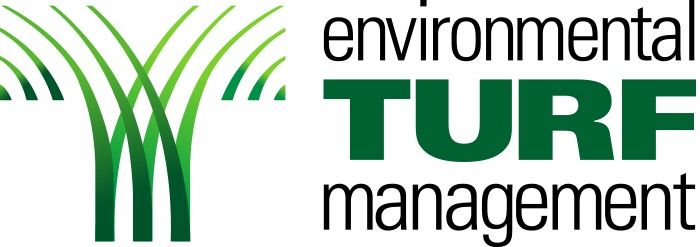Fall Weeds: The Most Common Weeds That Sprout in Georgia

From raking leaves to protecting your home from fall pests, fall is a season of chores. Some of those chores carry over from the summer. I’m talking about pulling weeds. Weeds can grow any time of the year here in the Peach State which means a year-round headache for you.
If you wait too long to take care of fall weeds, they will go to seed and cause you even more problems later down the line. Your best bet in winning the war on weeds is to tackle the ones you see now before they have a chance to reproduce. Here is a list of the most common fall weeds found in Georgia.
Mouse-ear Chickweed
Mouse-ear chickweed is a winter perennial that stands out against brown, dormant grass. It has small white flowers that have 5 notched petals. Mouse-ear chickweed can reproduce via seed or take root from nodes at the end of its stems. It sprouts around December and January and being a perennial, it will grow back year after year unless it is stopped. Use a pre-emergent in the spring to help control new seeds from sprouting. Use a post-emergent after the weed has already established itself in your lawn.
Poison Ivy
Poison ivy is ever-present in Georgia in the fall. Its green leaves turn to shades of orange and red in the fall, making it just as hard to spot as it is any other time of the year. Remember, leaves of three, let it be. Even in the dead of winter, the chemical that causes the severe rash can linger on trees and logs. Poison ivy can grow as a vine or a shrub while poison oak grows only a shrub but is just as dangerous.
Annual Bluegrass
Annual bluegrass is the most common weed of residential and commercial lawns in Georgia. It is actually a cool-season grass, which means it starts to grow when soil temperatures fall below 70°F. Because it will continue to grow throughout the winter, it is more competitive than warm-season grasses such as Bermudagrass, Buffalograss, and St. Augustinegrass. This is why annual bluegrass is a bigger problem in the winter. This weed can produce several rounds of seeds throughout the season and can grow 6 to 8 inches high.
Henbit
Henbit is a winter annual that can grow between 10 and 30 centimeters tall. This edible plant is a member of the mint family. It has tiny dark pink flowers that grow in rings at the top of the plant. Henbit can be used in teas, salads, soups, and smoothies. As an annoying weed, it is very nutritious and high in iron, vitamins, and fiber.
Bittercress
Bittercress begins to grow in the winter and is an annual broadleaf weed. The surface of its leaves is hairy, which is why it is also called “hairy bittercress”. Bittercress spreads by seed and is an aggressive grower. Pre and post-emergent weed control are recommended due to the fact that bittercress has a very long taproot.
Hire The Weed Control Experts at Environmental Turf Management
Weeds can be a big problem in Georgia at any time of the year. At Environmental Turf Management, we know how hard it is to deal with weeds. That’s why we take the hard work out of your hands so you can spend time doing what you want.



